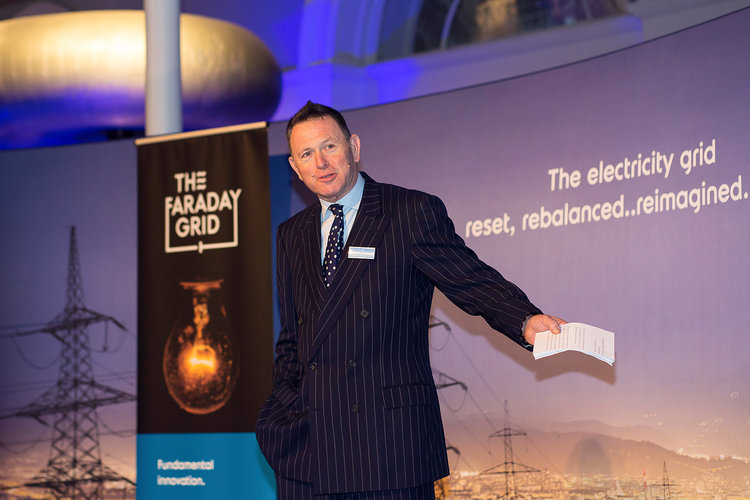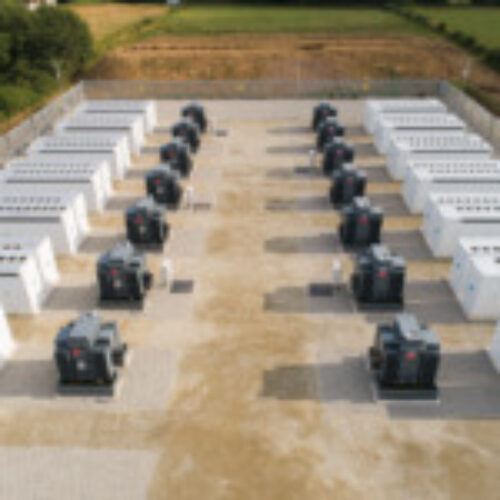UK Power Networks is to be the first network operator in the UK to trial Faraday Grid’s “revolutionary” exchanger technology.
First unveiled at the end of 2017, Faraday Grid’s exchangers act as an autonomous, self-balancing network that stands to make it easier to incorporate greater quantities of intermittent generators – such as renewables – and emerging demand patterns from new technologies like electric vehicles.
If implemented at scale, Faraday Grid claims the technology has the potential to double the amount of renewable generation any given electricity grid could carry.
The exchangers work by essentially replacing current network infrastructure to allow power to flow bi-directionally across a network. It professes to be able to continuously and autonomously adapt to variations at network-scale, allowing existing systems to manage fluctuations in both supply and demand more efficiently.
The agreement will see exchangers deployed on UKPN’s London network next spring. Tests will assess the impact of technology on the network.
Ian Cameron, head of innovation at UKPN, said the firm had recognised Faraday Grid’s technology as having the potential to be “transformational” for the wider energy system.
“The technology is aligned to our ambition to become an energy platform business. We are delighted to be the company’s lead UK partner for testing and demonstrating its impacts in a distribution network,” he said.
In March, Current± sat down with Faraday Grid’s Andrew Scobie and Richard Dowling, who said the technology could unleash a revolution of the energy system akin to how the advent of the internet changed telecommunications.





